Available 24/7
Available 24/7
 Save 45%
Save 45%
(MRP Inclusive of all taxes) Shipping ₹79 for entire order Dispatch in 7 days Country of origin: India Today's Offer Get ₹249 Air Purifier ...
View full details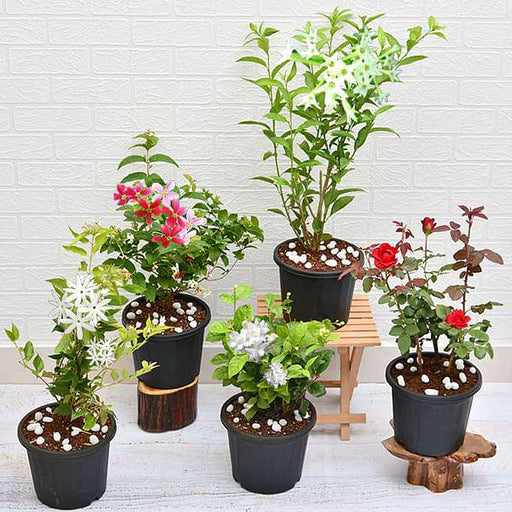 Save 12%
Save 12%
(MRP Inclusive of all taxes) Shipping ₹79 for entire order Dispatch in 7 days Country of origin: India Today's Offer Get ₹249 Air Purifier M...
View full details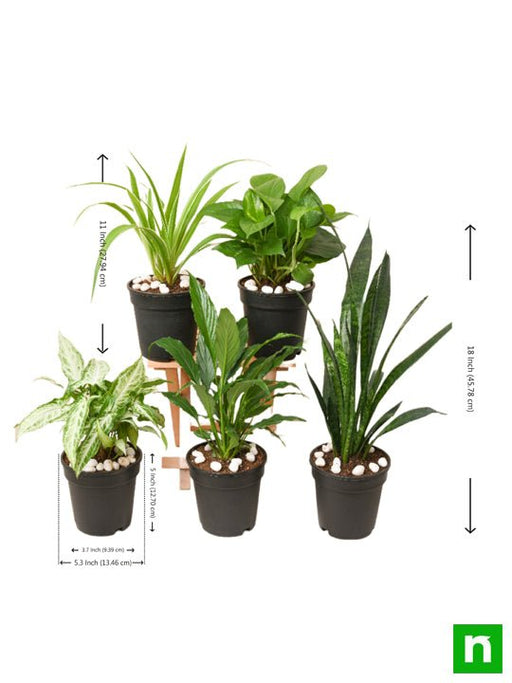
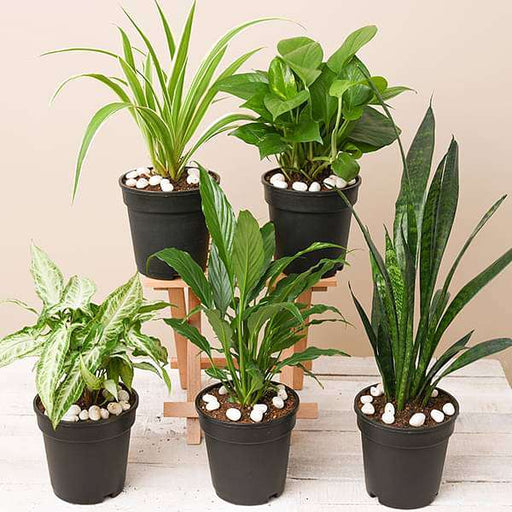 Save 21%
Save 21%
(MRP Inclusive of all taxes) Shipping ₹79 for entire order Dispatch in 7 days Country of origin: India Today's Offer Get ₹249 Air Purifier M...
View full details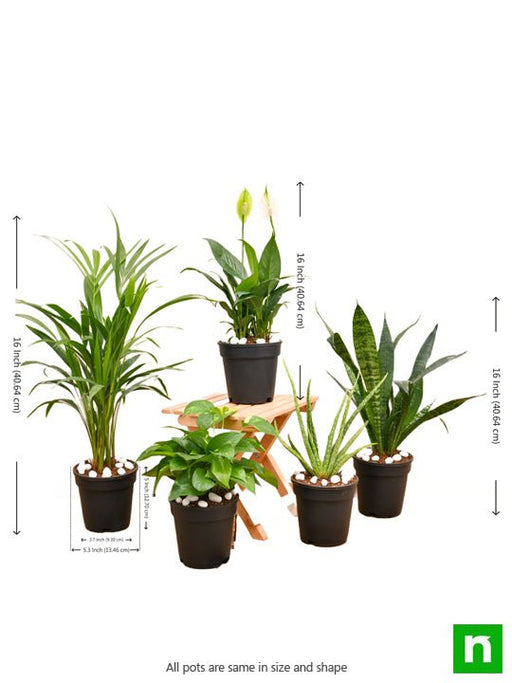
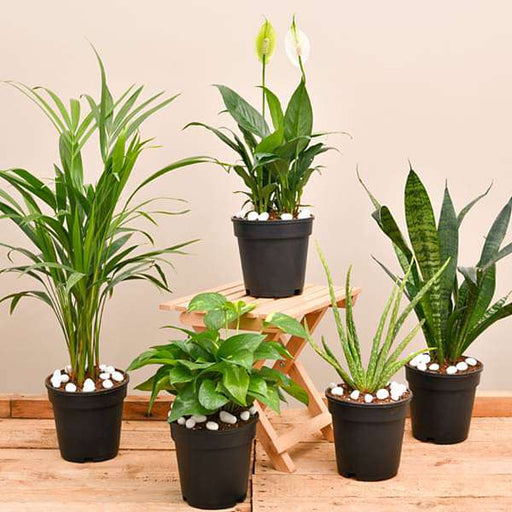 Save 20%
Save 20%
(MRP Inclusive of all taxes) Shipping ₹79 for entire order Dispatch in 7 days Country of origin: India Today's Offer Get ₹249 Air Purifier M...
View full details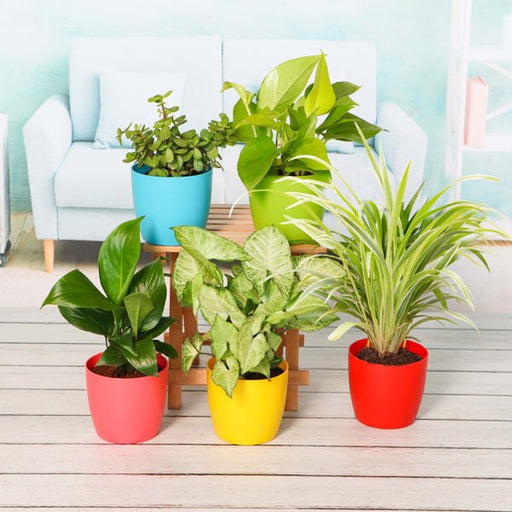 Save 16%
Save 16%
(MRP Inclusive of all taxes) Shipping ₹79 for entire order Dispatch in 7 days Country of origin: India Today's Offer Get ₹249 Air Purifier M...
View full details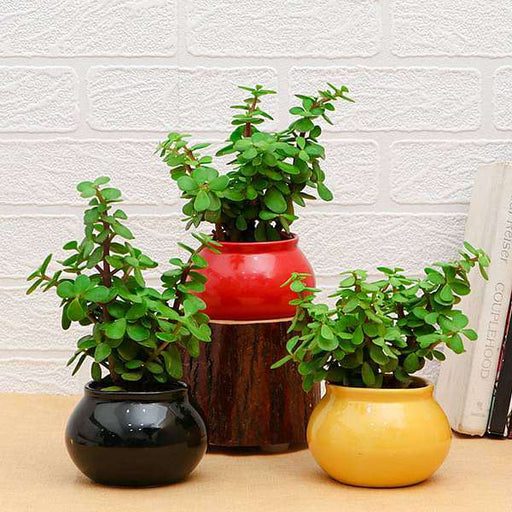 Save 22%
Save 22%
(MRP Inclusive of all taxes) Shipping ₹79 for entire order Dispatch in 7 days Country of origin: India Today's Offer Get ₹249 Air Purifier M...
View full details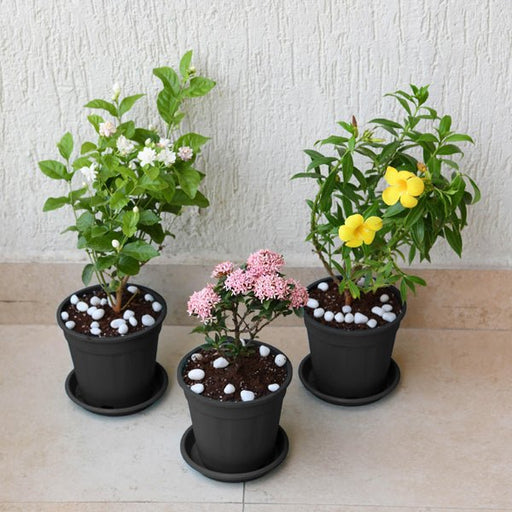 Save 17%
Save 17%
(MRP Inclusive of all taxes) Shipping ₹79 for entire order Dispatch in 7 days Country of origin: India Today's Offer Get ₹249 Air Purifier M...
View full details



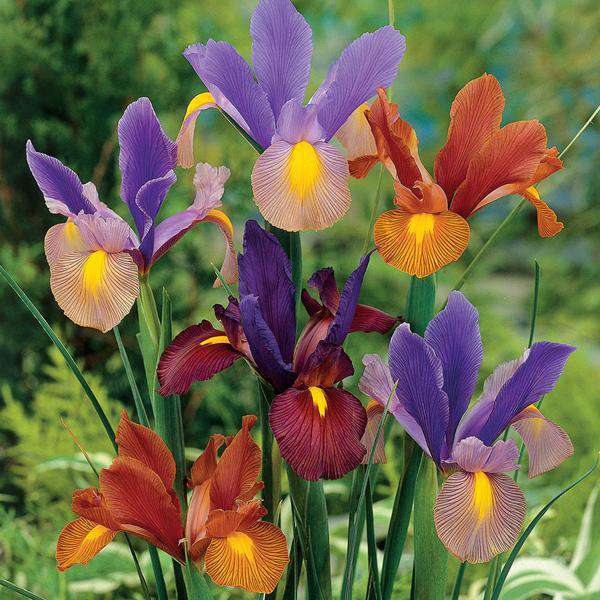
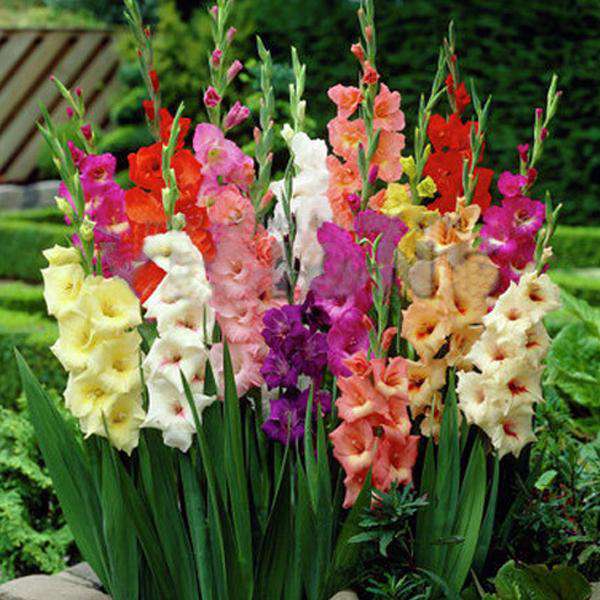
Carnivorous plants are unique and fascinating species that have evolved to capture and consume insects and other small animals as a means of supplementing their nutrient intake. These plants have adapted to thrive in nutrient-poor environments and have developed specialized mechanisms to lure, trap, and digest their prey.
At nurserylive, we offer a wide range of carnivorous plants, each with their own unique set of characteristics and adaptations. From the popular Venus Flytrap to the lesser-known Pitcher Plant, our collection is sure to impress even the most seasoned plant enthusiasts.
One of the most intriguing aspects of carnivorous plants is their ability to attract prey. For example, the Venus Flytrap's leaves are equipped with tiny hairs that serve as trigger mechanisms. When an insect lands on the hairs, the leaves snap shut, trapping the insect inside. Other carnivorous plants use sticky or slippery surfaces to trap their prey, while some use bright colors and sweet nectar to lure insects in.
Once the prey has been captured, the plant secretes digestive enzymes to break down the animal's proteins and extract the nutrients it needs. This process can take several days, during which time the plant is effectively "feeding" on the insect.
While carnivorous plants may seem like a novelty, they are actually important members of many ecosystems. In addition to providing a source of nutrients, they also help control insect populations and play a vital role in maintaining a healthy balance of species.
At nurserylive, we take pride in providing our customers with high-quality carnivorous plants that are well-suited to a variety of environments. Whether you're looking to add a touch of the exotic to your indoor garden or want to create a unique outdoor display, our selection of carnivorous plants is sure to satisfy.
So why not add a touch of intrigue to your plant collection with one of these fascinating and otherworldly species? Browse our selection today and discover the wonder of carnivorous plants for yourself.
Venus flytraps are one of the most well-known types of carnivorous plants. These plants are native to the United States and are famous for their unique trapping mechanism that uses modified leaves to capture insects.
Pitcher plants are another type of carnivorous plant that are known for their unique trap-like leaves. These plants are found all over the world, and some species can grow quite large.
Sundew plants are carnivorous plants that are known for their sticky leaves. When an insect lands on a sundew leaf, the leaf folds up around the insect, trapping it and allowing the plant to digest it.
Nepenthes plants are also known as tropical pitcher plants, and they are found in parts of Asia and Australia. These plants have a unique, tube-like structure that captures insects, and they are often grown as houseplants.
Sarracenia plants are native to North America and are known for their unique, trumpet-shaped leaves that trap insects. These plants can grow quite large and are popular among carnivorous plant enthusiasts.
Drosera plants, also known as sundews, are a diverse group of carnivorous plants that are found all over the world. These plants are known for their sticky leaves, which capture and digest insects.
Bladderwort plants are aquatic carnivorous plants that are found in ponds and other bodies of water. These plants have tiny bladders on their leaves that trap and digest small aquatic animals.
Cobra plants are native to North America and are known for their unique, hooded leaves that trap insects. These plants are popular among carnivorous plant enthusiasts and are often grown as houseplants.
Waterwheel plants, also known as Aldrovanda, are aquatic carnivorous plants that are found in ponds and other bodies of water. These plants have small, trap-like leaves that capture and digest small aquatic animals.
Butterwort plants are native to Europe and North America and are known for their sticky leaves, which capture and digest insects. These plants are popular among carnivorous plant enthusiasts and are often grown as houseplants.
Carnivorous plants are plants that are capable of trapping and digesting insects and other small prey. They have adapted to grow in nutrient-poor soils by supplementing their diet with the nutrients they obtain from their prey. Different types of carnivorous plants use different mechanisms to trap their prey such as sticky mucilage, snap traps, and pitfall traps.
Yes, many carnivorous plants can be grown indoors as long as they receive sufficient light and moisture. Some popular indoor carnivorous plants include the Venus flytrap, pitcher plants, and sundews.
Carnivorous plants require special care and attention to thrive. They need to be planted in a well-draining soil mix with a low nutrient content, and they should be watered with distilled water or rainwater. They also require bright, direct sunlight for several hours each day.
No, it is not recommended to fertilize carnivorous plants with regular plant fertilizer. They have adapted to grow in nutrient-poor soils, and the high levels of nutrients in regular plant fertilizers can actually harm or kill them.
Carnivorous plants can trap a variety of small insects, including flies, mosquitoes, ants, and spiders. Some larger species of carnivorous plants have been known to trap small frogs and lizards as well.
Yes, carnivorous plants can be an effective natural pest control method for small insects. However, they are not practical for large-scale pest control and should not be relied upon as the sole method of pest control.
The lifespan of a carnivorous plant varies depending on the species and growing conditions. Some species, like the Venus flytrap, have a lifespan of several years, while others may only live for a few months.
Many species of carnivorous plants are endangered due to habitat loss and poaching. It is important to only purchase carnivorous plants from reputable nurseries and to never collect them from the wild.
Some popular species of carnivorous plants include the Venus flytrap, pitcher plants, sundews, and bladderworts.
Yes, many species of carnivorous plants can be grown in a terrarium as long as they receive adequate light and moisture. A terrarium can help to create a humid environment that many carnivorous plants prefer.
While carnivorous plants can obtain some nutrients from the soil, they rely on the nutrients they obtain from their prey to survive and thrive. It is important to feed them insects regularly, especially if they are not catching enough prey on their own.
Carnivorous plants require some specialized care, but they can be relatively easy to grow with the right conditions. As long as they receive bright, direct sunlight, well-draining soil, and the right amount of moisture, they can be a unique and fascinating addition to any plant collection.